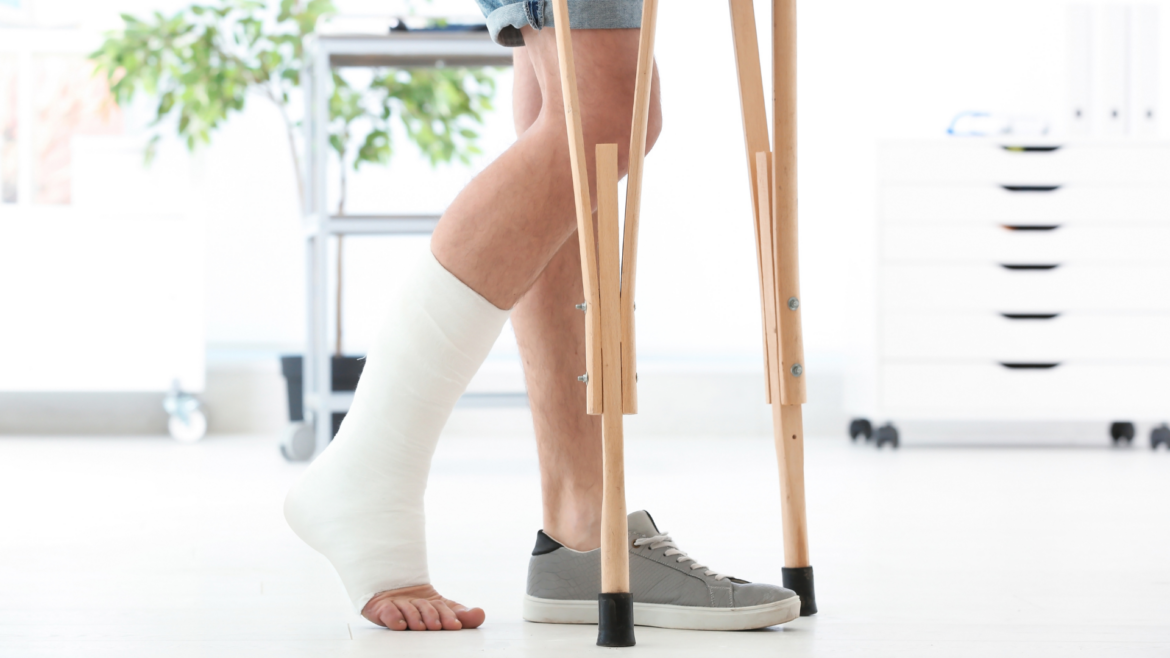Most of us at some point in our lives have probably sprained an ankle or twisted a knee, and were inevitably given the advice to “RICE” (Rest, Ice, Compression, and Elevation). We’ve also been advised to take anti-inflammatory medications such as ibuprofen. This has been the go-to self treatment for minor injuries for as far back as many of us can remember. However, this method has evolved into something different, the details of which may surprise you.
Based on some newer research, the RICE method may not be the most effective way to treat acute musculoskeletal injuries. In place of RICE, the new proposed acronym is PEACE and LOVE: Protection, Elevation, Avoid Anti-Inflammatories, Compression, Education and Load management, Optimism, Vascularization and Exercise. This updated approach offers more detailed guidance, which we outline below.
Protection
This involves taking steps to prevent further injury and reduce pain. Options such as bracing, taping, or crutches will limit range of motion and deload the affected area, to allow things to calm down as the healing process begins. Outside of assistive devices like the ones listed above, protection also entails scaling back or temporarily refraining from activities that may irritate the injury such as sports or certain exercises. It is important to note that protection does not mean complete inactivity or bedrest as we will discuss a little later in the process.
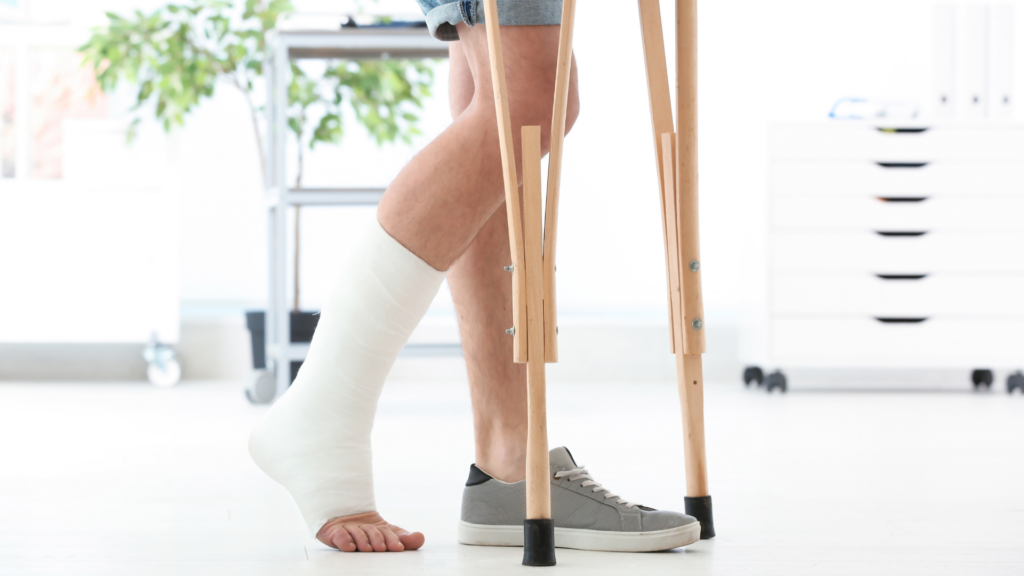
Elevation
Elevation of the affected area is still a key part of early injury recovery. Elevating the region helps to reduce swelling and pain, which helps facilitate the body’s healing process. It is recommended that the injured area be elevated above the heart whenever possible to promote blood flow and reduce swelling.
Avoid Anti-Inflammatory Modalities
The advice to take anti-inflammatory drugs such as ibuprofen has long been coupled with the RICE method. The PEACE and LOVE approach advises against this, specifically with higher doses and longer duration of use This is because the various phases of inflammation activate white blood cells that initiate tissue healing and repair (neutrophils and macrophages, for example). If possible, it may be beneficial to avoid anti-inflammatories such as ibuprofen, to allow your body’s natural processes to do their job. This also includes the use of ice. We believe that ice can certainly be useful for pain relief, but prolonged and excessive use with the intention to reduce inflammation, is not ideal because it has the potential to delay or disrupt revascularization and the arrival of those tissue-healing white blood cells. Use ice sparingly for pain management and try to wean off quickly.
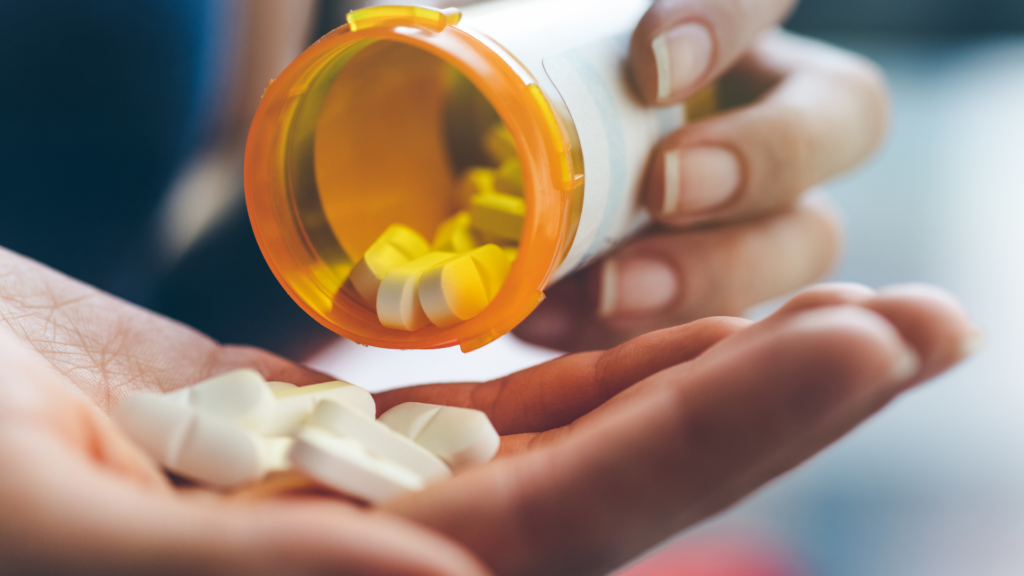
Compression
Compression, like elevation, has remained an important component of early injury management. Compression helps to manage excessive swelling of the joints and hemorrhaging (bleeding) that has occurred in the soft tissue. It can provide general support to the injured area which may make it more comfortable to start moving and weightbearing, further facilitating the healing process. Compression should be applied gently and not be too tight, as excessive pressure can impede blood flow and cause some discomfort.
Education
Unlike the RICE method, which simply recommends rest, the PEACE and LOVE approach emphasizes the importance of active recovery strategies. It is important to understand the role of early movement and not rely excessively on passive modalities. Things like manual therapy and electric stim can be useful in reducing pain and swelling, but they should be used as supplements to exercise and load management. Education also entails encouraging the individual to avoid the mindset of “needing to be fixed” which can lead to overtreatment, and instead empowers them with knowledge and clear expectations for recovery.
Load Management
For nearly all patients with musculoskeletal problems, an active approach that includes movement and exercise is beneficial. Mechanical input (load, weightbearing, etc.) should be encouraged as early as safely possible along with resuming normal activities as soon as possible. Optimal loading means we are engaging and using the affected area without exacerbating pain. This promotes tissue repair and tolerance, which leads to restoring the individual’s function as a whole.
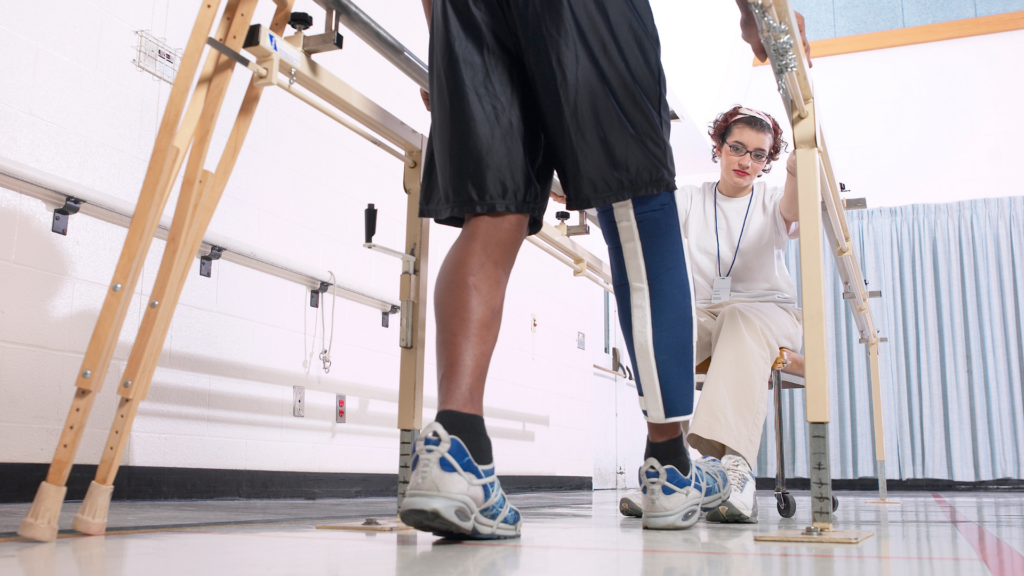
Optimism
Injuries can impact all aspects of a person’s life, including their mental health. Maintaining a positive outlook and belief in one’s ability to recover can have a significant impact on the healing process. Research has shown that patients who are optimistic about their recovery tend to have faster and more complete recoveries. There can be many mental and emotional barriers to recover, especially for someone who leads an active lifestyle. Don’t ever be afraid to ask for help or talk to someone if you are ever dealing with depression or fear after an injury.
Vascularization
Vascularization, or promoting blood flow to the injured area, is also crucial in the PEACE and LOVE approach. Blood flow helps to bring oxygen and nutrients to the injured area, which are essential for the healing process. The previously mentioned strategies of elevation, compression and load management can help promote vascularization. Even moving parts of your body that are uninjured are helpful throughout the recovery process. Another very important strategy that will promote vascularization is exercise, which is discussed next.
Exercise
Last, but certainly not least, is exercise. Exercise is crucial for a number of reasons, from promoting blood flow and swelling reduction, to strengthening the muscles and joints around the injured area – all of which lead to improved function and less pain. It is important to consult with your physical therapist or physician before starting any exercise program, as the type and intensity of exercise will depend on the specific injury and the stage of recovery.
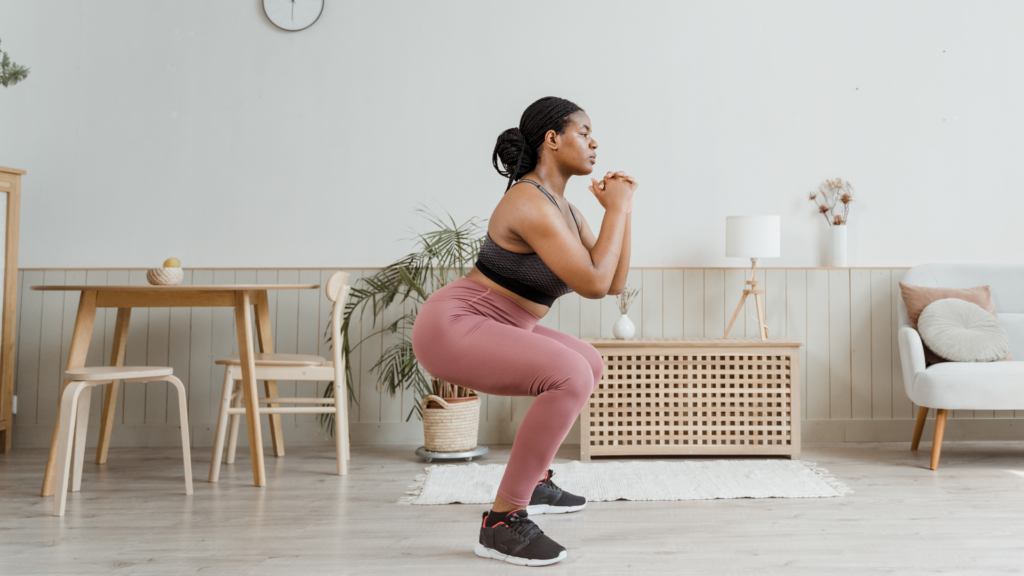
We feel that compared to the traditional RICE method, PEACE and LOVE is more beneficial because it provides more detailed guidance when recovering from injuries, promotes a more active recovery approach, and creates an advantageous environment for the body’s natural processes to perform their duties.
Here are some additional quick tips:
- Ice is still okay to use, especially if it helps reduce pain. We just may not need to ice for extended periods of time, multiple times per day after an injury. Your time is better spent moving within your tolerance, even if it’s not the directly injured area early on. Use ice sparingly and try to wean off as quickly as possible.
- When the goal is pain reduction for non-acute injuries, either ice or heat is fine to use – whichever you find more soothing.
- Pain-free aerobic exercise should be initiated within several days after a musculoskeletal injury if possible, to promote blood flow and boost mental/emotional well-being. When in doubt, always ask your PT or other healthcare provider
For ankle sprains in particular, consult with your physical therapist or other healthcare provider if you have any questions on whether or not you will need an Xray. Here are some helpful tips from Dr. Nick’s Instagram!
If you have a new or nagging injury or are not sure where to start, book a FREE discovery session (in person or virtual) with one of our Doctors of Physical Therapy!
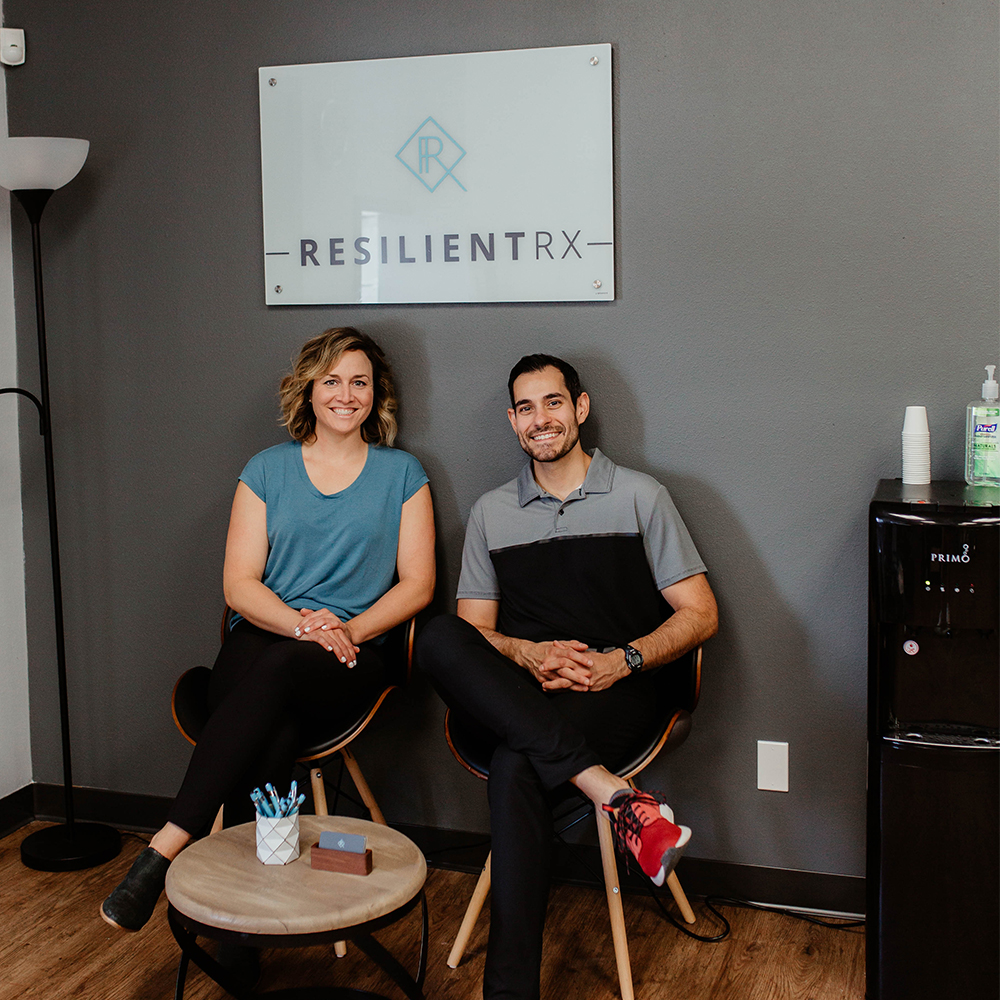
References:
Dubois, B., & Esculier, J. F. (2020). Soft-tissue injuries simply need PEACE and LOVE. British journal of sports medicine, 54(2), 72-73.
Please note: The content in this blog is intended for educational purposes only and is not medical advice. See a healthcare professional if you have any questions about your individual needs.


